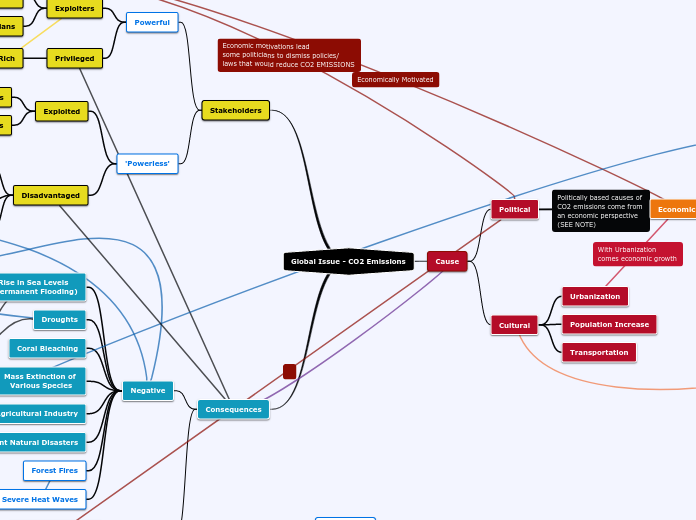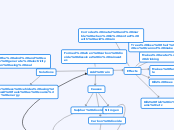Diff EQ
Systems of diff EQs
eigen values
[a-lamda b
c d-lamda]
tTake determinant, solve for lamda, plug in eigenvalue for general solution. If IVP plus in those values and solve for constants
2nd order
Subtopic
particular (LHS)
form based on function: Ae^t, At^2+Bt+C, Acosbt+Asinbt
take derivative twice, plug back into RHS to solve for particular
variation of parameters
undetermined coefficients
homogeneous (RHS)
ar^2+br+c=0
repeated: y(t) = c1e^(r1t)+c2te^(r2t)
imaginary: y(t) = e^(at)(c1cosbt+c2sinbt)
real: y(h) = c1e^(r1t)+c2e^(r2t)
Nth order
LaPlace Transform
solve for Y(s), use tables, take inverse etc.
does it exist? (check for domain issues)
is it unique? (check derivative for domain issues)
1st order
integrating factor method
dy/dt + p(t)y = f(t)
u = e^∫p(t)dt
Linear nonhomogenous
Find homogeneous and particular solutions
Linear + homogenous?
superposition principle
seperation of variables
(t)dt=(y)dy
directly integrate
isoclines, equilibrium, stability, concavity
application based (model)
competition model
(dR/dt) = R(ar-brR-crS)
tank problem
x'=(r_in)(c_in)-(r_out)(c_out)
Newton's law of cooling
(dT/dt) = k(M-T)
growth/decay
Q = Qo*e^kt









